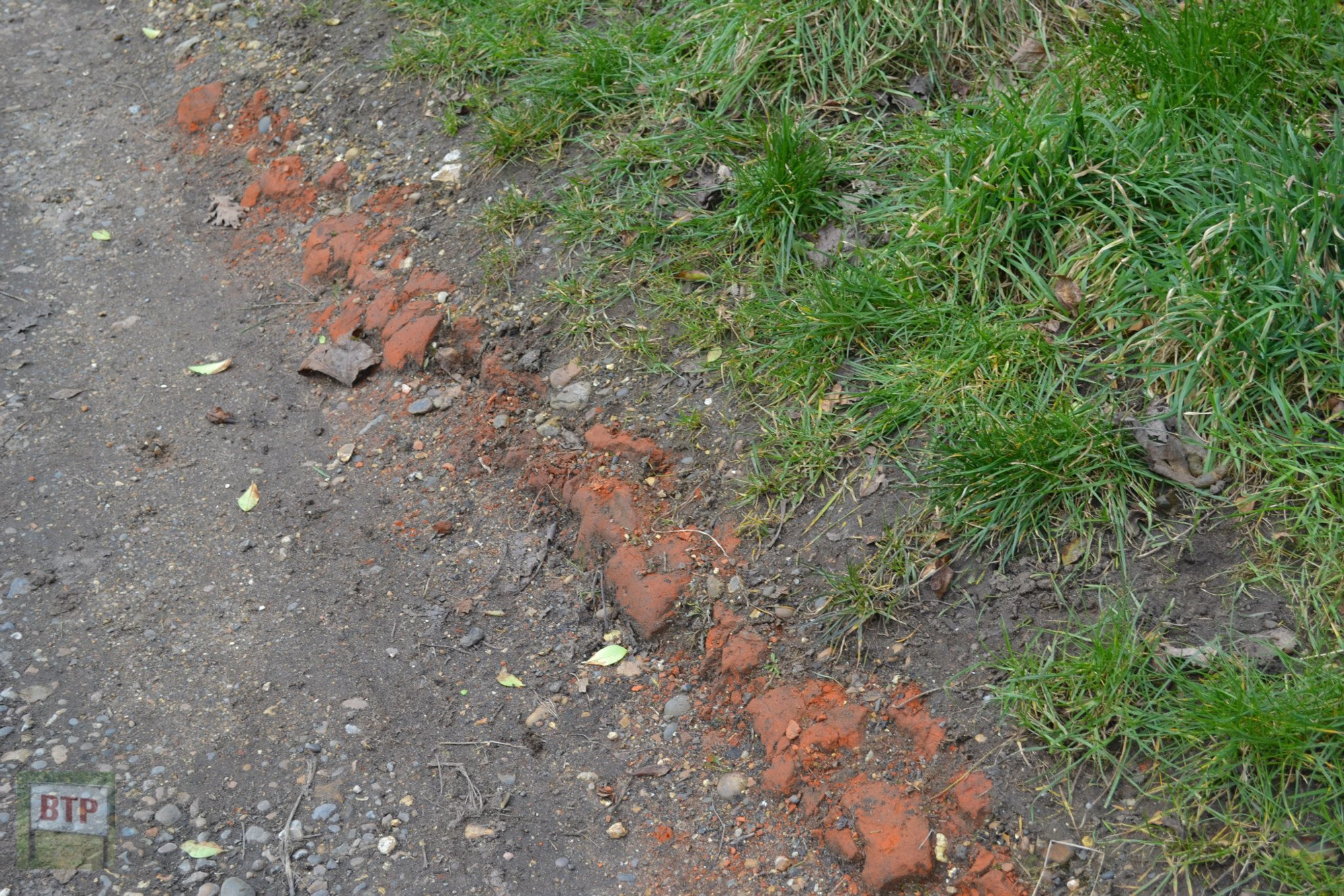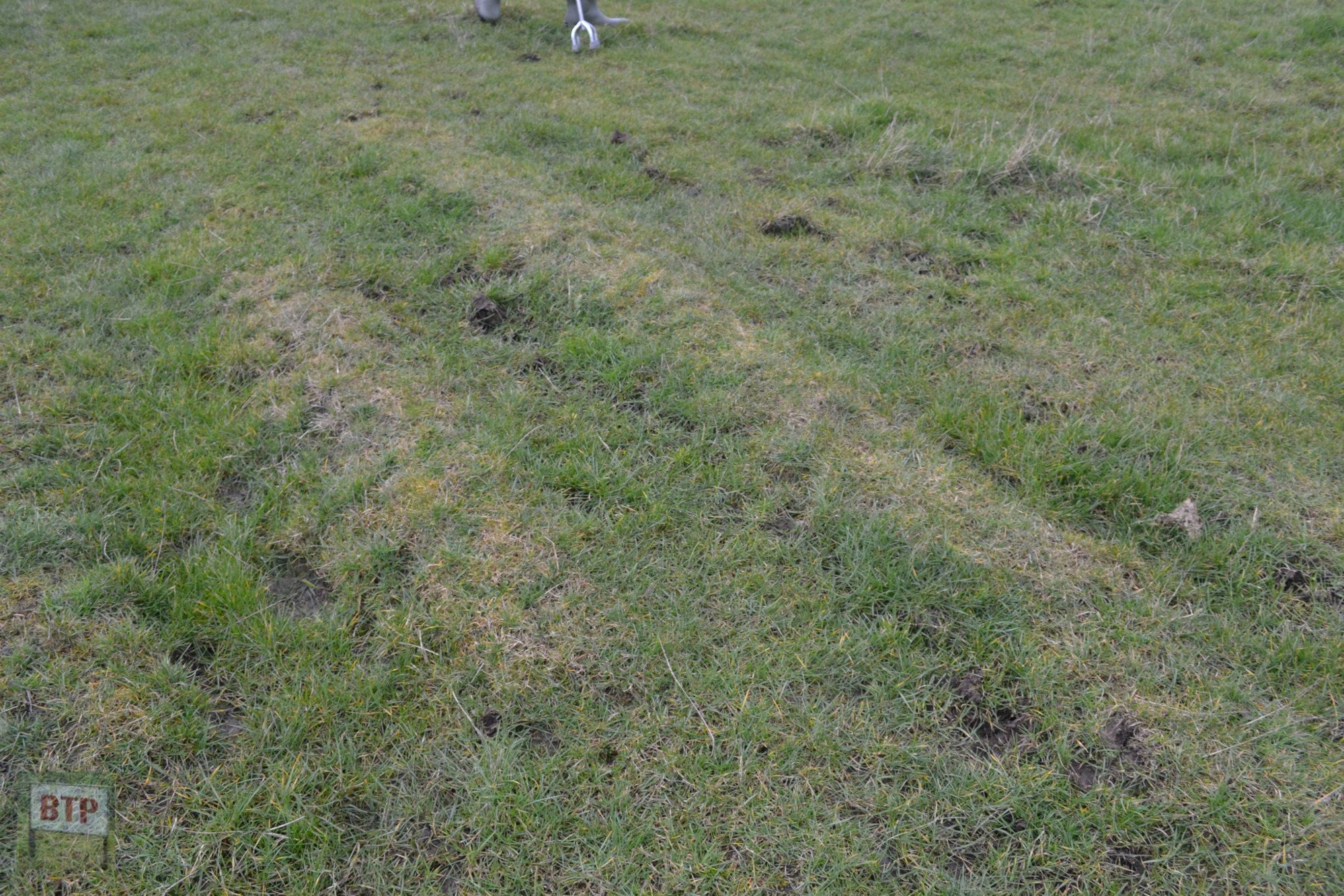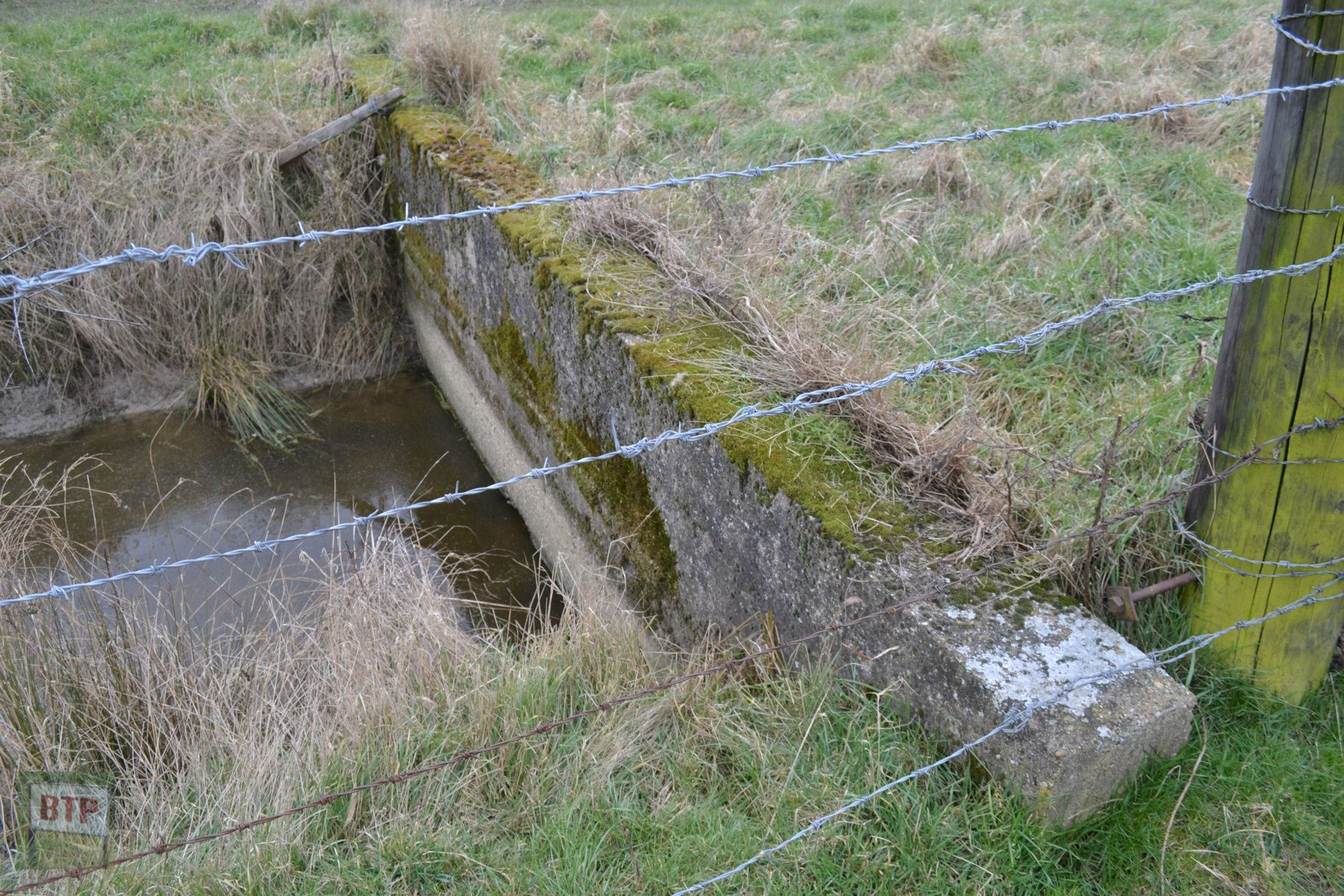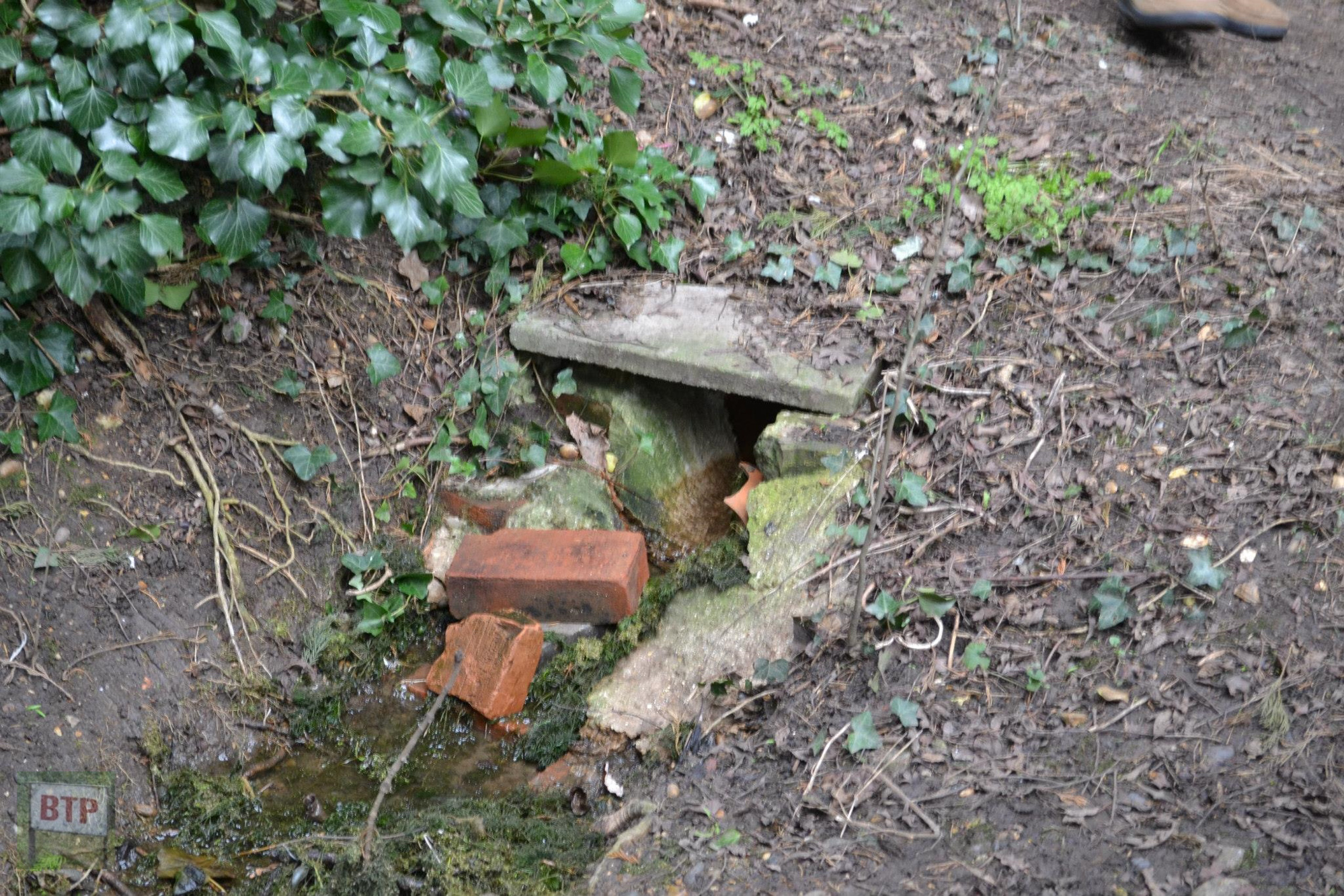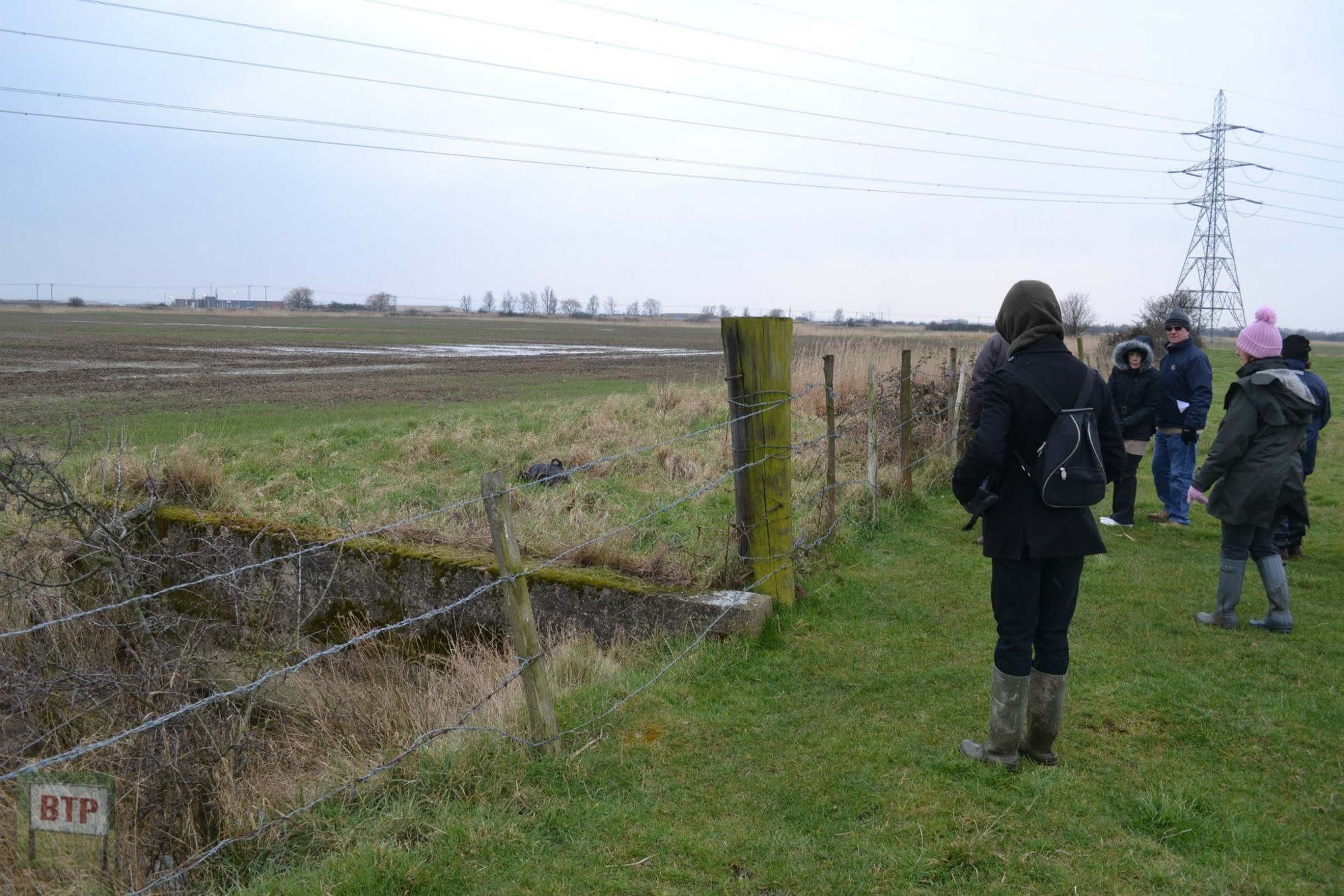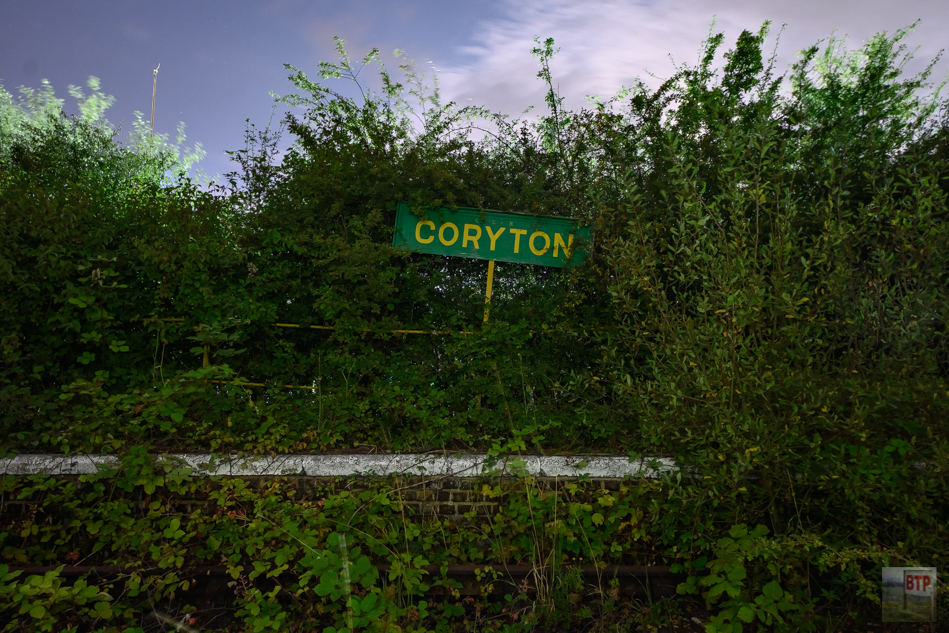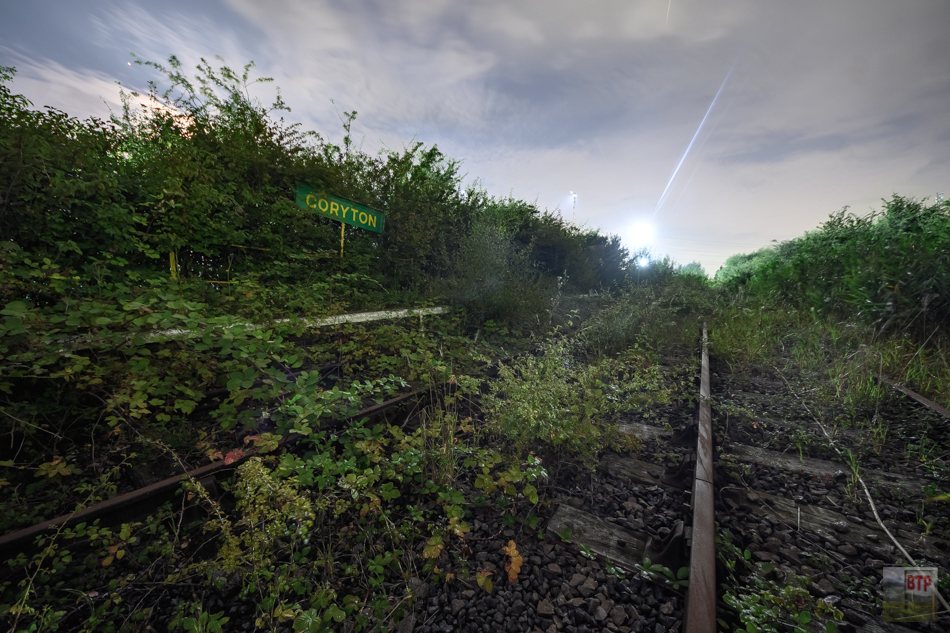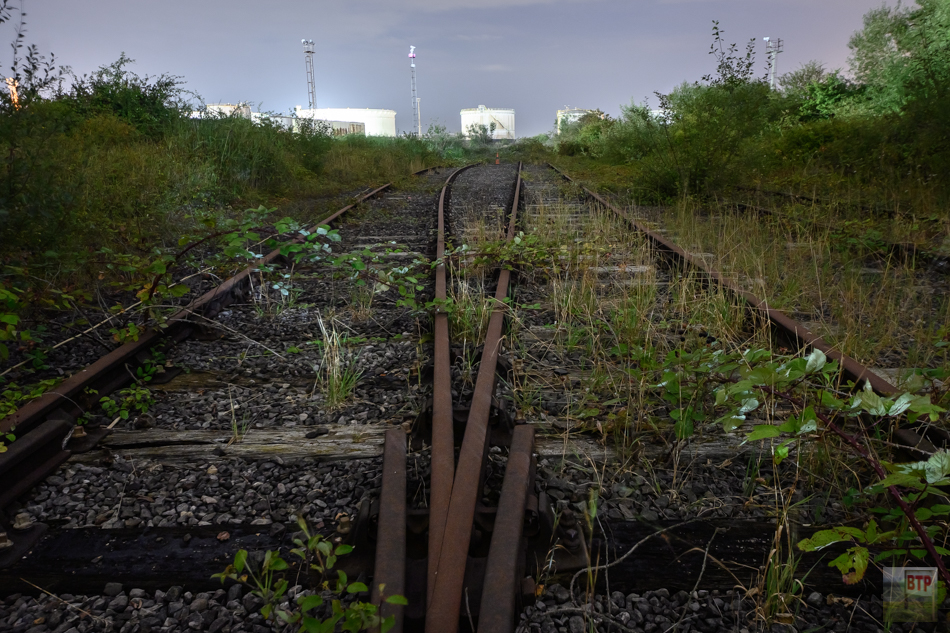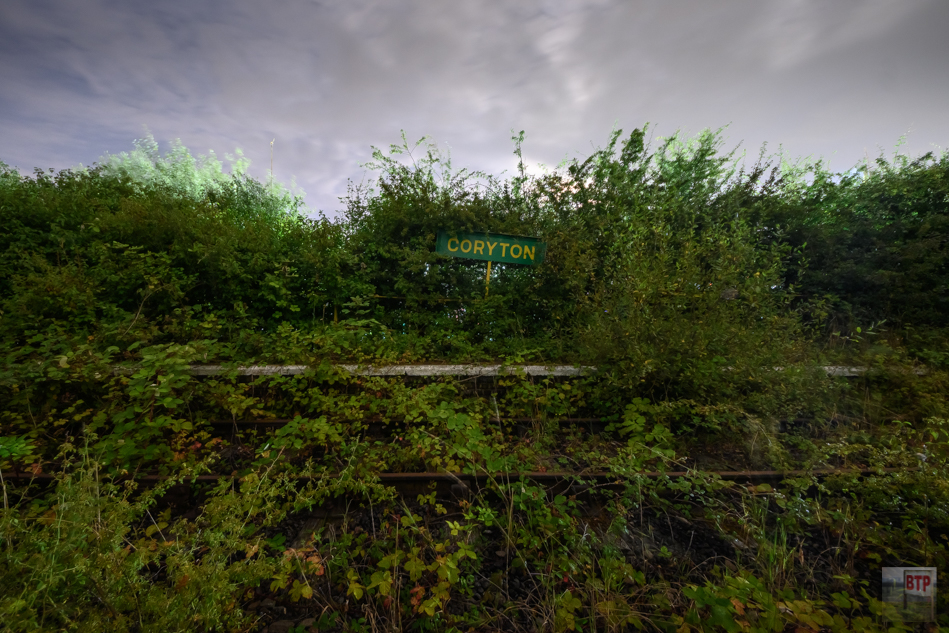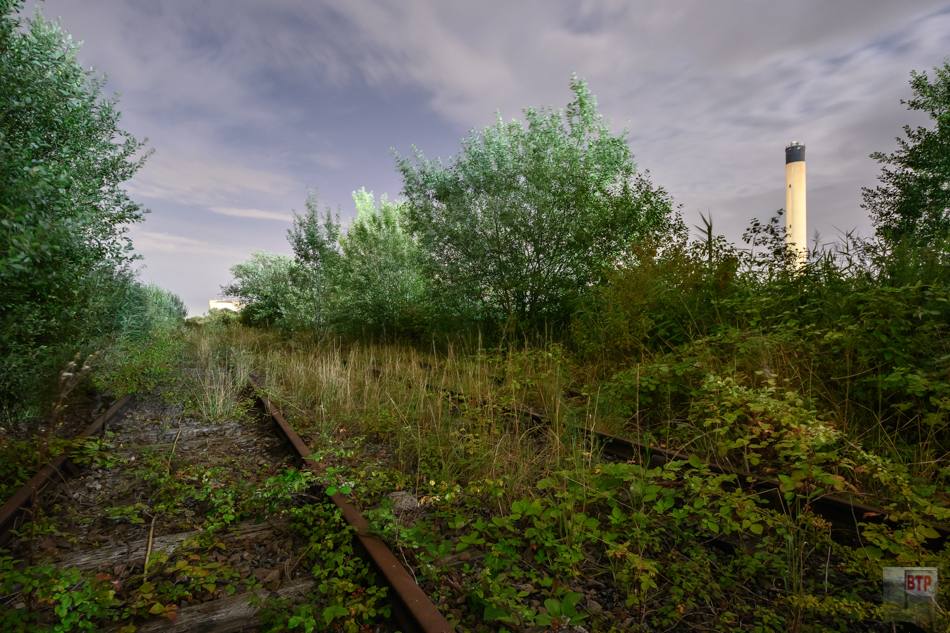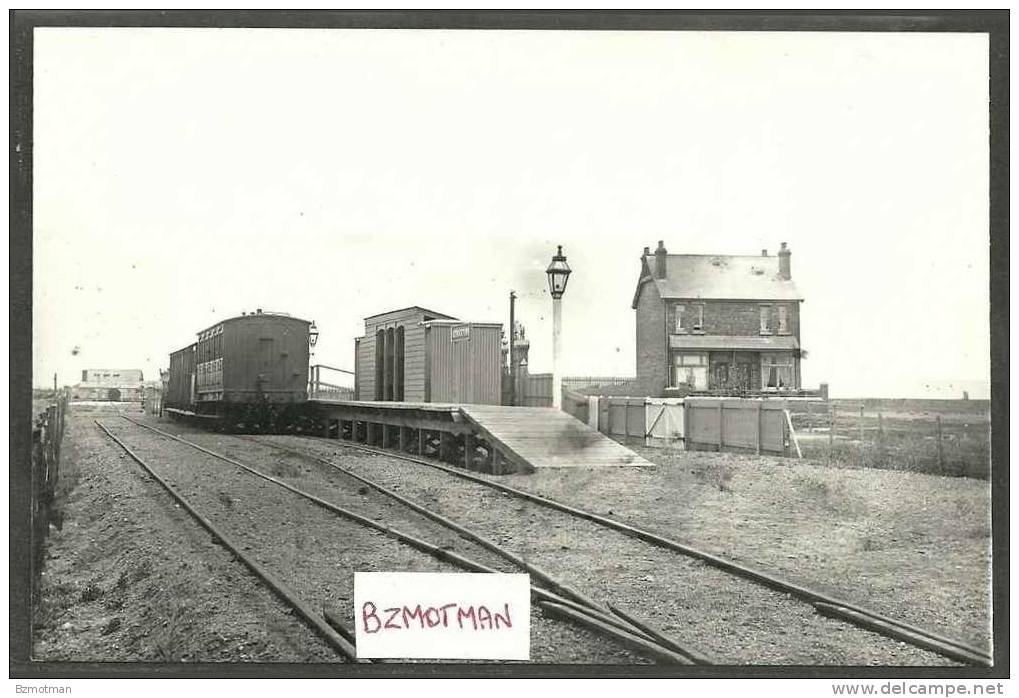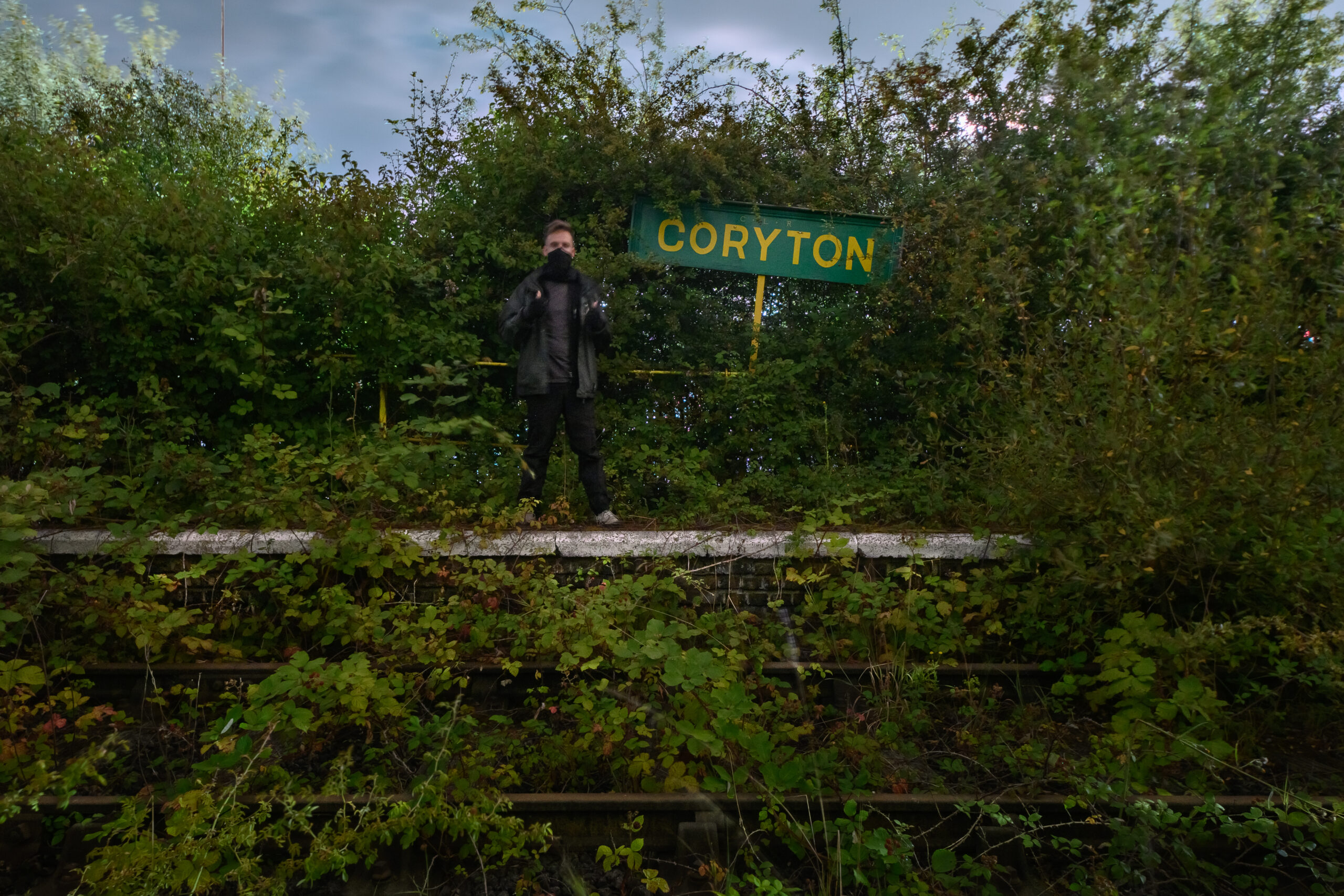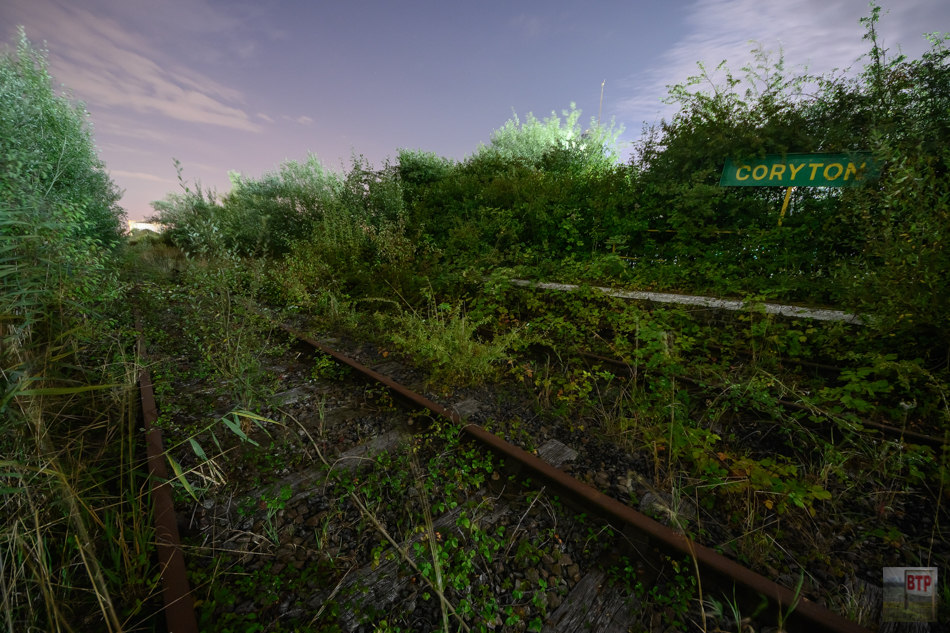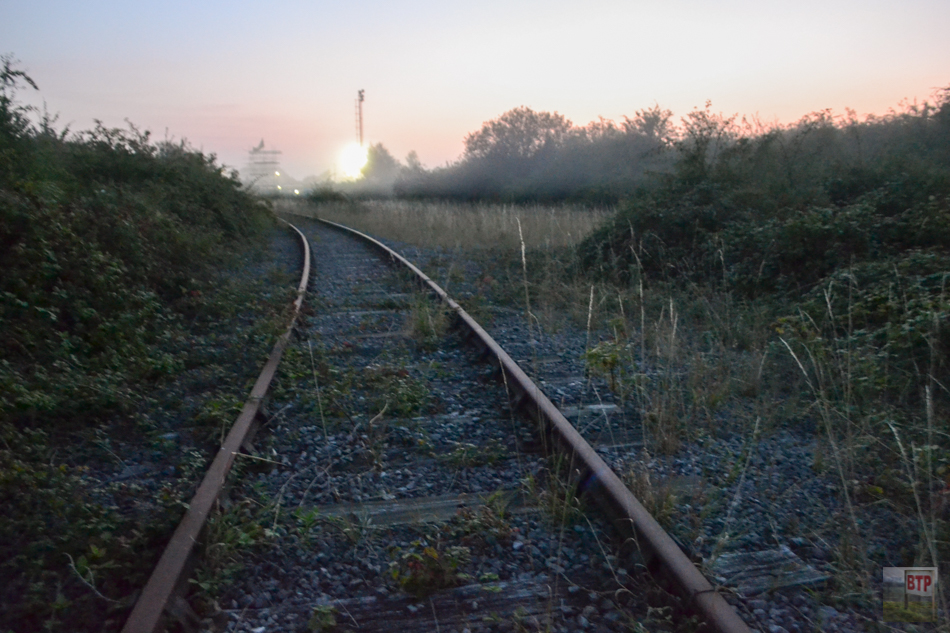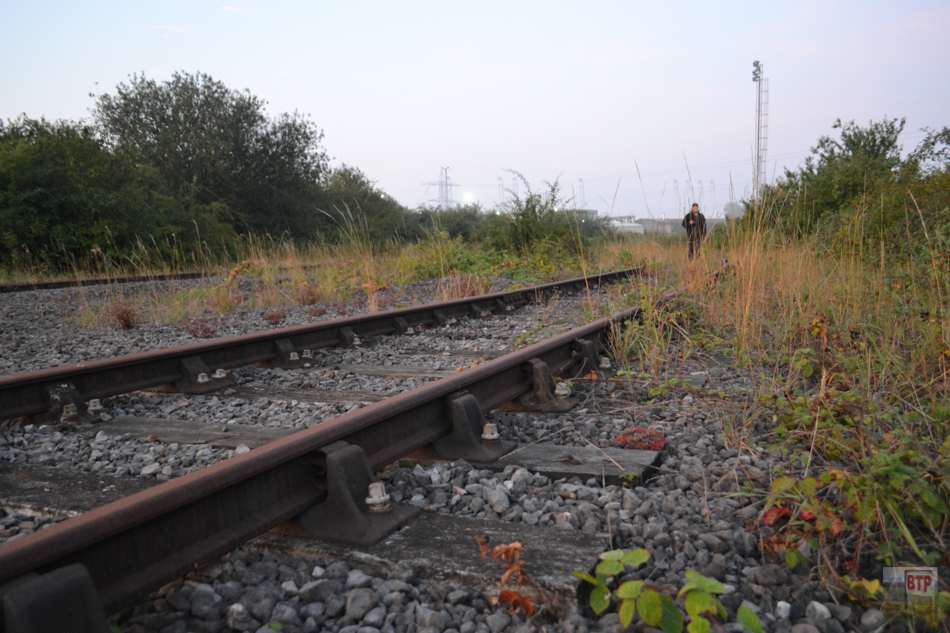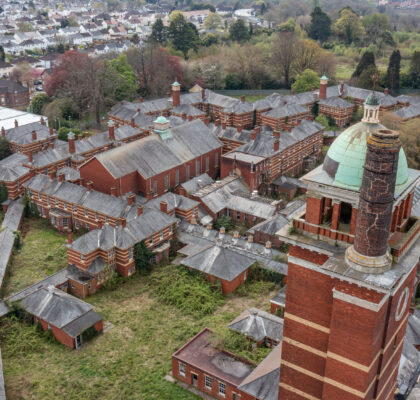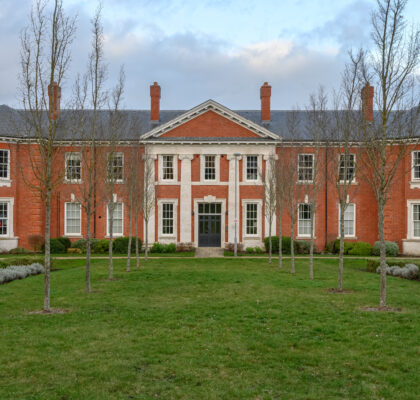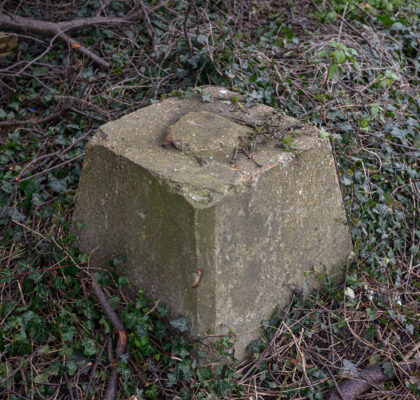The Corringham Light Railway was a line built in 1899, opened in 1901, as part of access to the Kynochs munitions factory on the site of what is now Coryton. It went from the London Fenchurch/Tilbury/Southend line at Thames Haven down to Corringham and Kynochtown to allow for transport to and from the munitions site but was used as late as 1971 for oil refining activities.
Pictured above is a black and white photograph showing the initial Corringham platform and station, as well as recent photographs of the remains of the brick trackbed, a Kynochs bridge was widened for D-Day movements as it was wider than standard-gauge permissions allowed, imprint of the railway sleepers under the grass, and a possible Kynoch waterway
The line has been at first glance removed without trace, but plenty of remnants begin to appear when you follow the line closely which we did in 2013 with the Corringham Light Railway Preservation Society with great thanks to Lisa Sargent. We found remains of the CLR and Kynochs munitions works all the way from the housing area near the Pegasus Club in Stanford-le-Hope out into the remote farmers fields where we stopped. We found ponds near the Pegasus Club that would’ve been used for brick works serving the railway, as well as sewage works left by Kynochs serving the works colony, and also Brickfield Bridge now in the water-logged fields that the CLR would’ve run over. Trackbed remains such as sleepers, and surrounding fences, still survive too. The station platform at the start of the CLR also surves in a garden in a residential area. Inside Coryton refinery, which is of course heavily guarded due to terrorist threats, the 1919 Coryton Station platform survives.
Pictured below are Corringham station platform in a garden (below trees, behind fence), photos of the walking party we joined in 2013 with Lisa Sergent’s CLR Society, Coryton/Shell Refinery pipes, mystery concrete in the fields the CLR used to run through, metal stye on the footpath women used to get to the railway, Kynoch’s white fencing, and a railway sleeper with stays to prevent the train derailing being used as a fence-post.
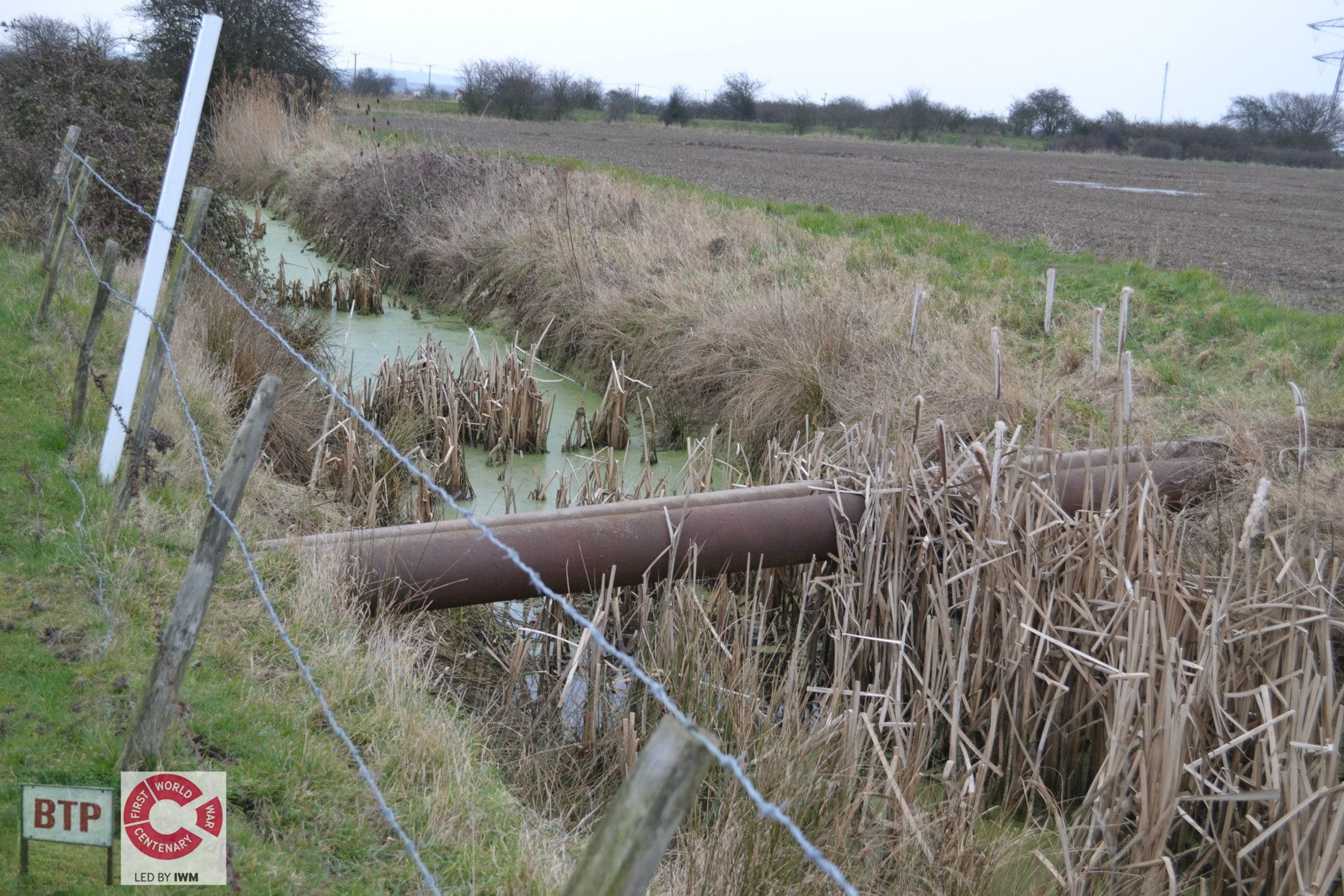
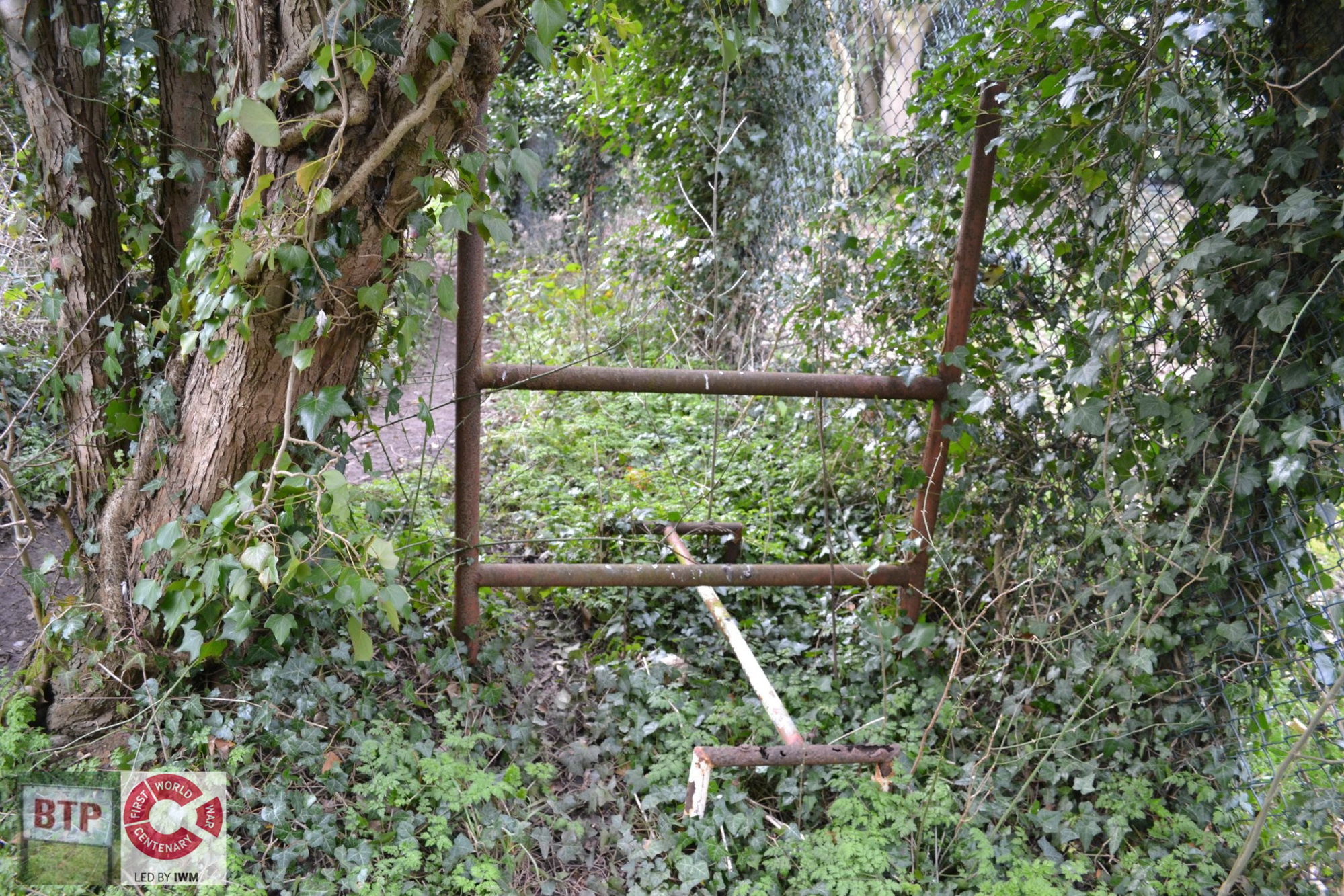
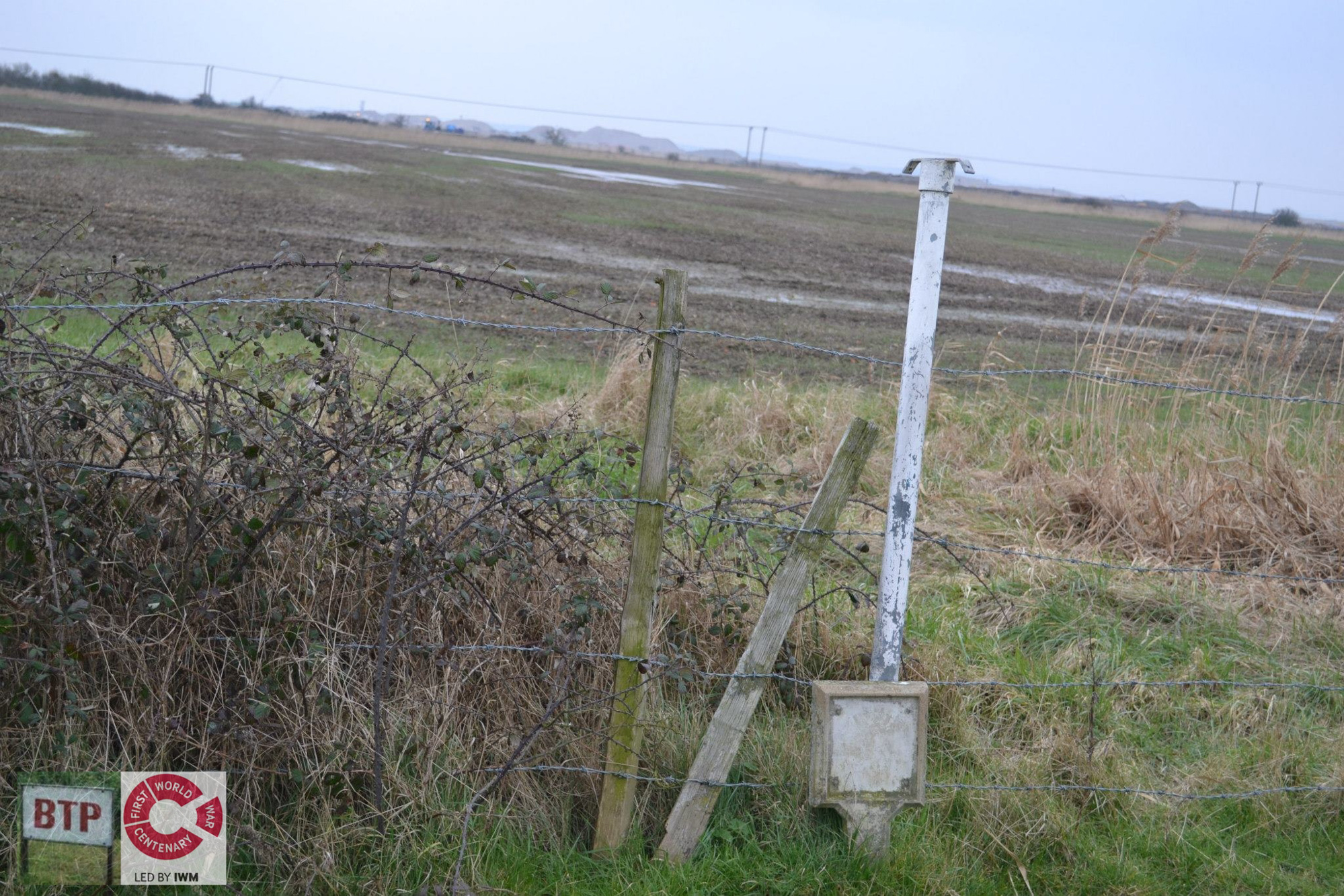
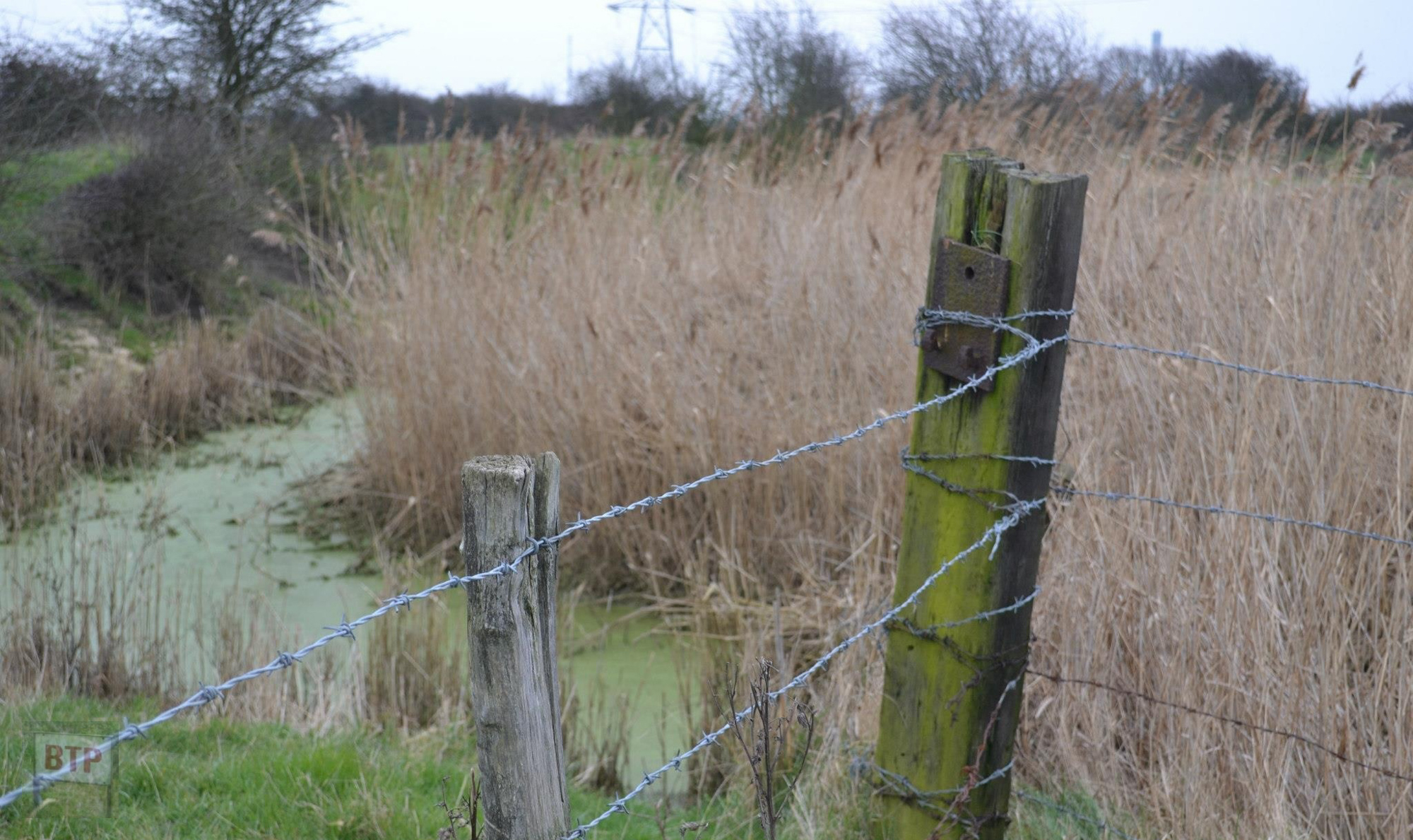
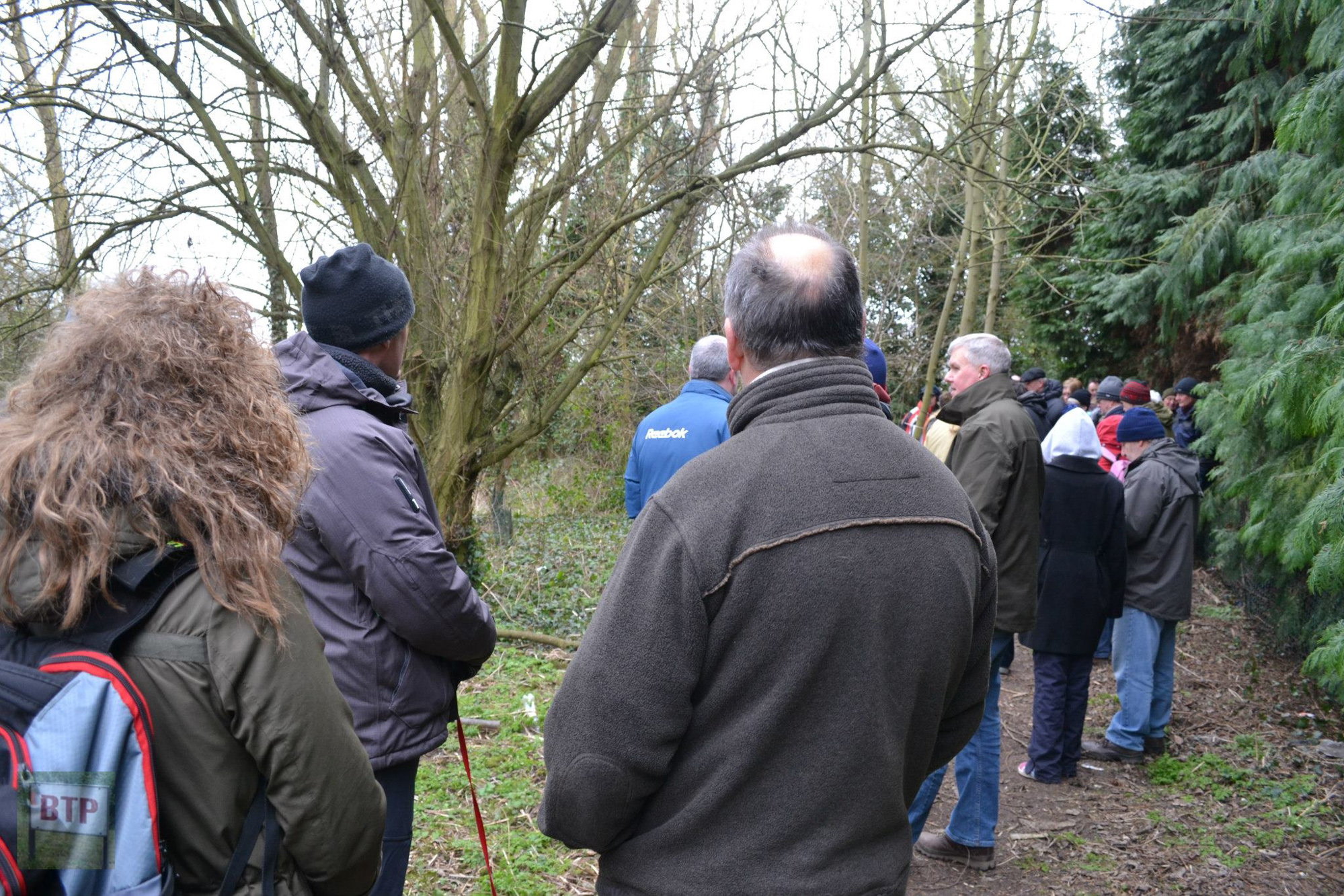
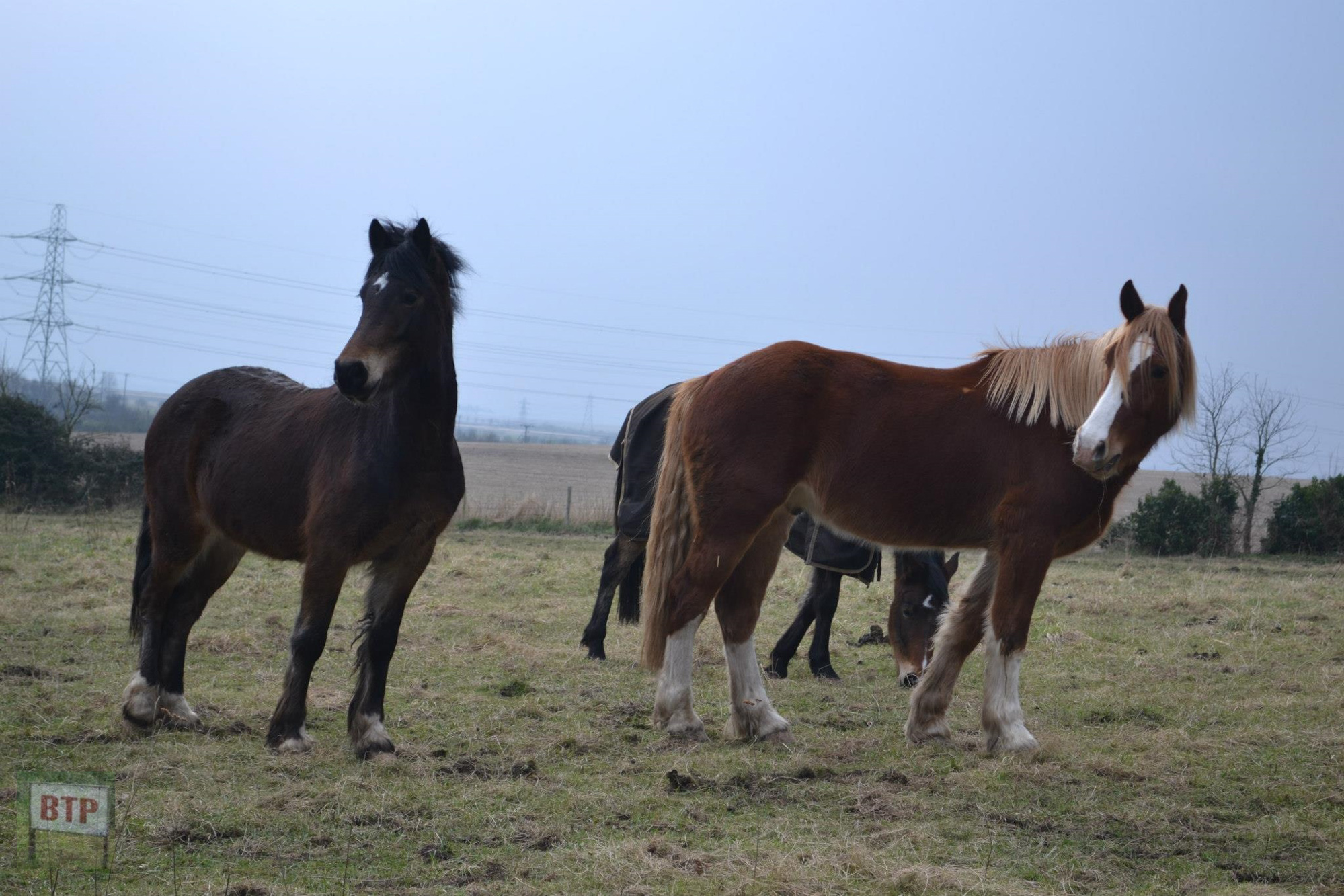
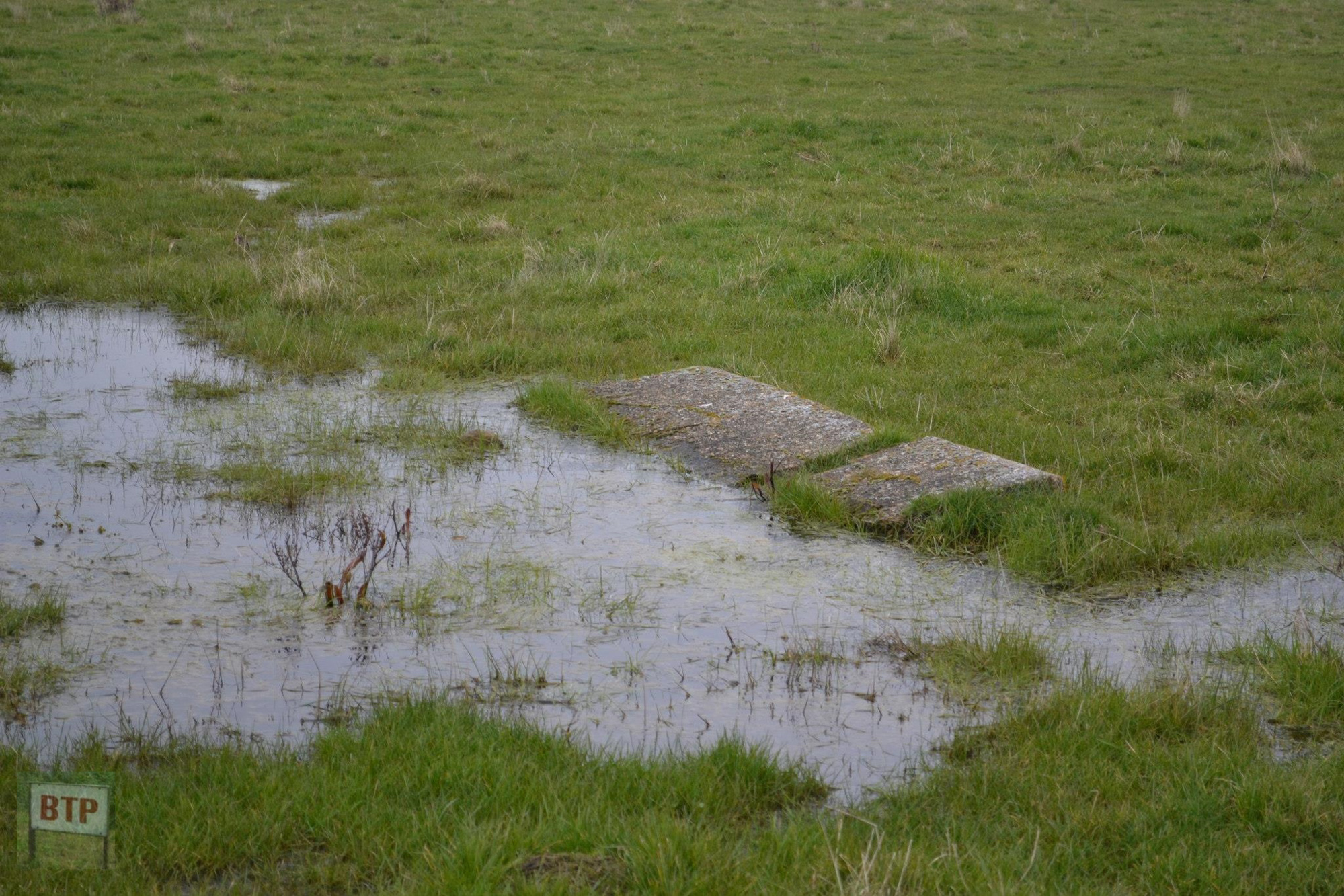
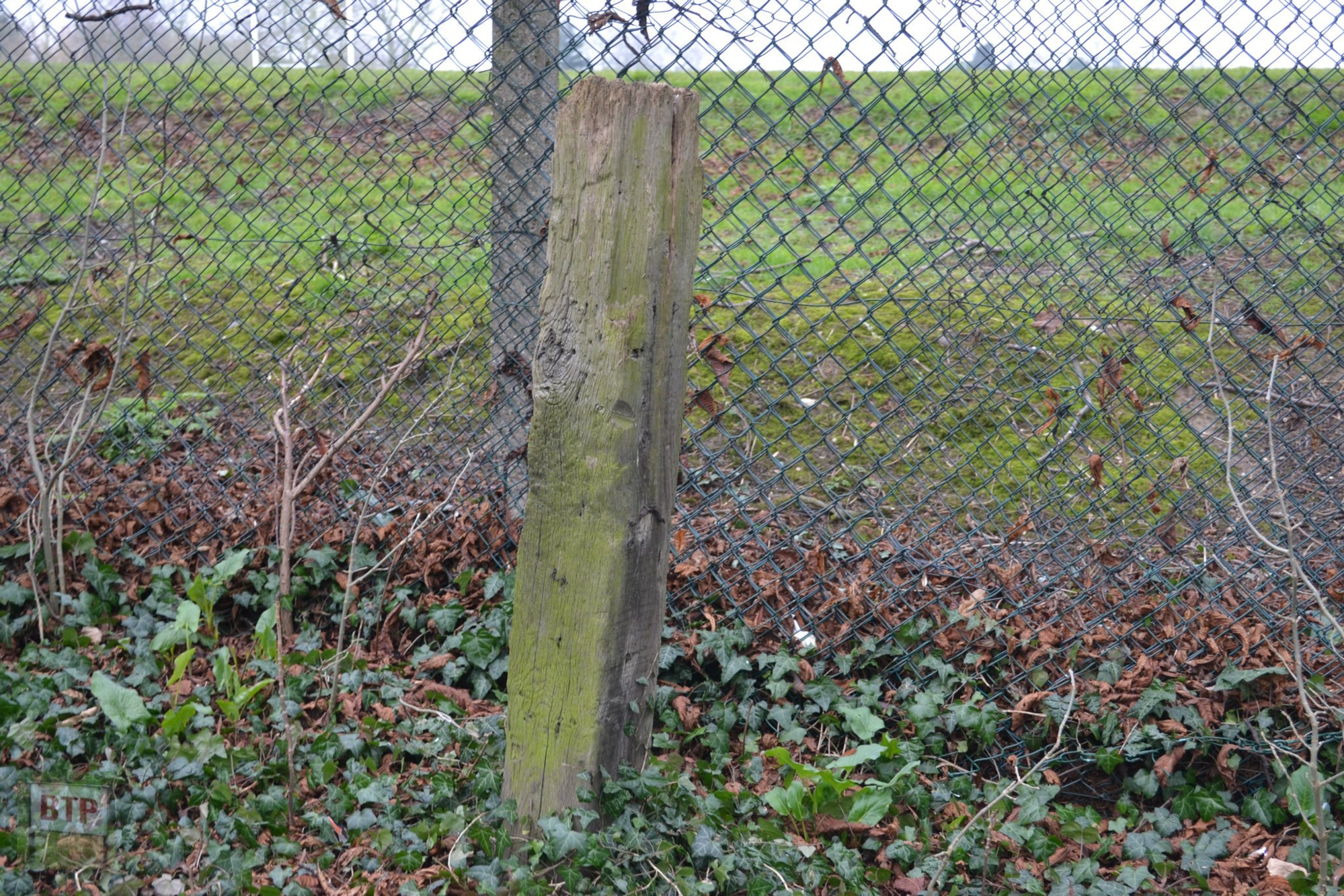
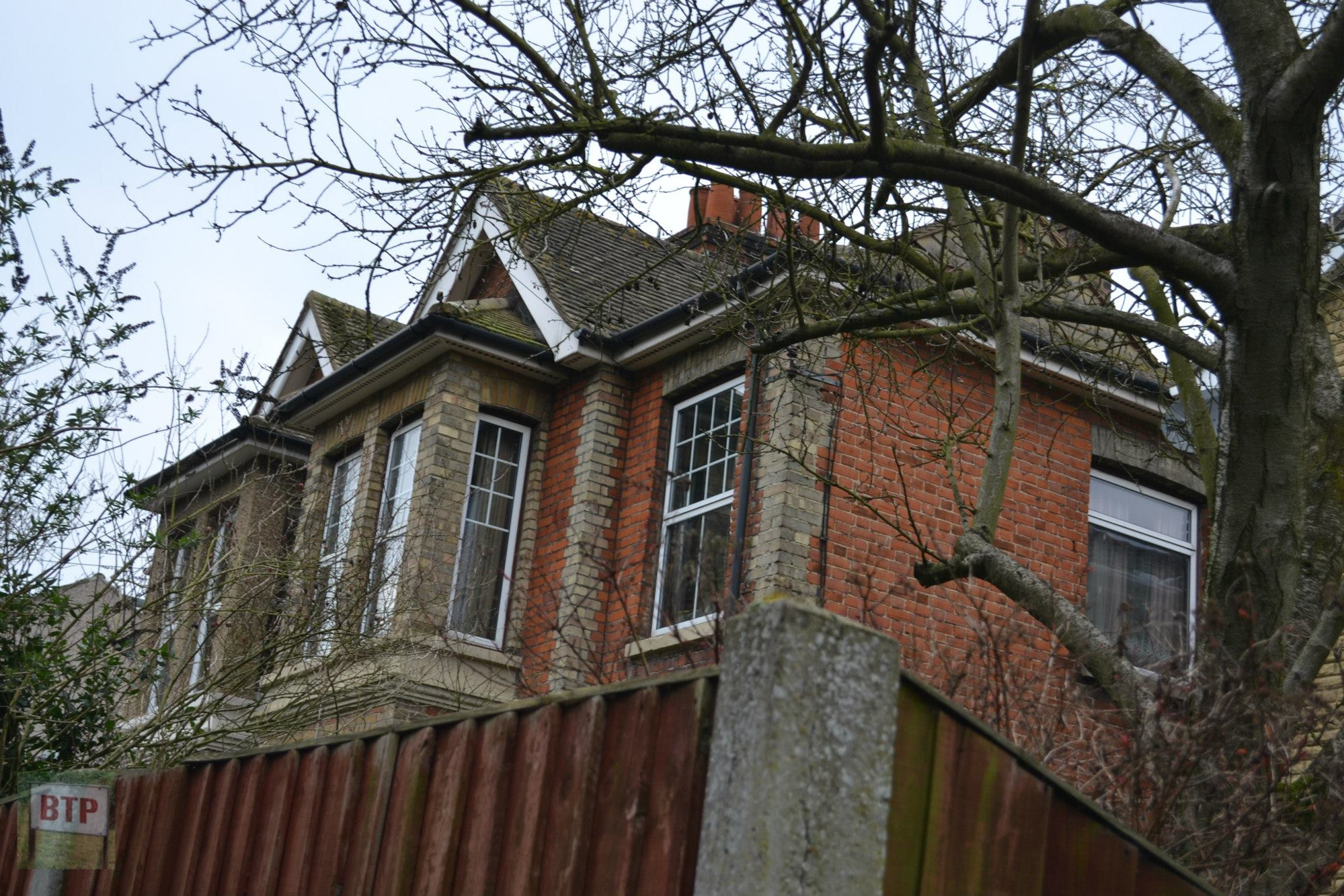
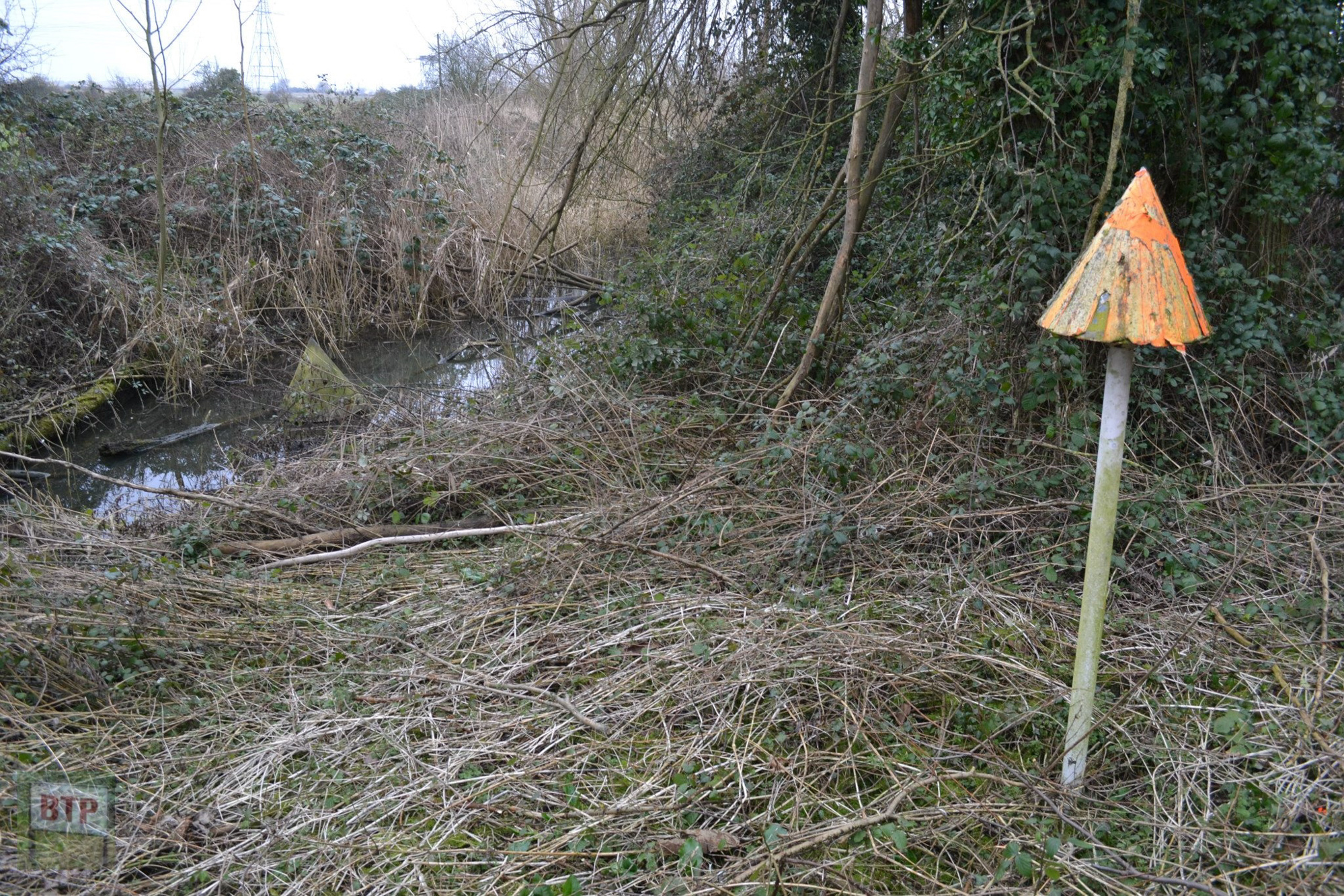
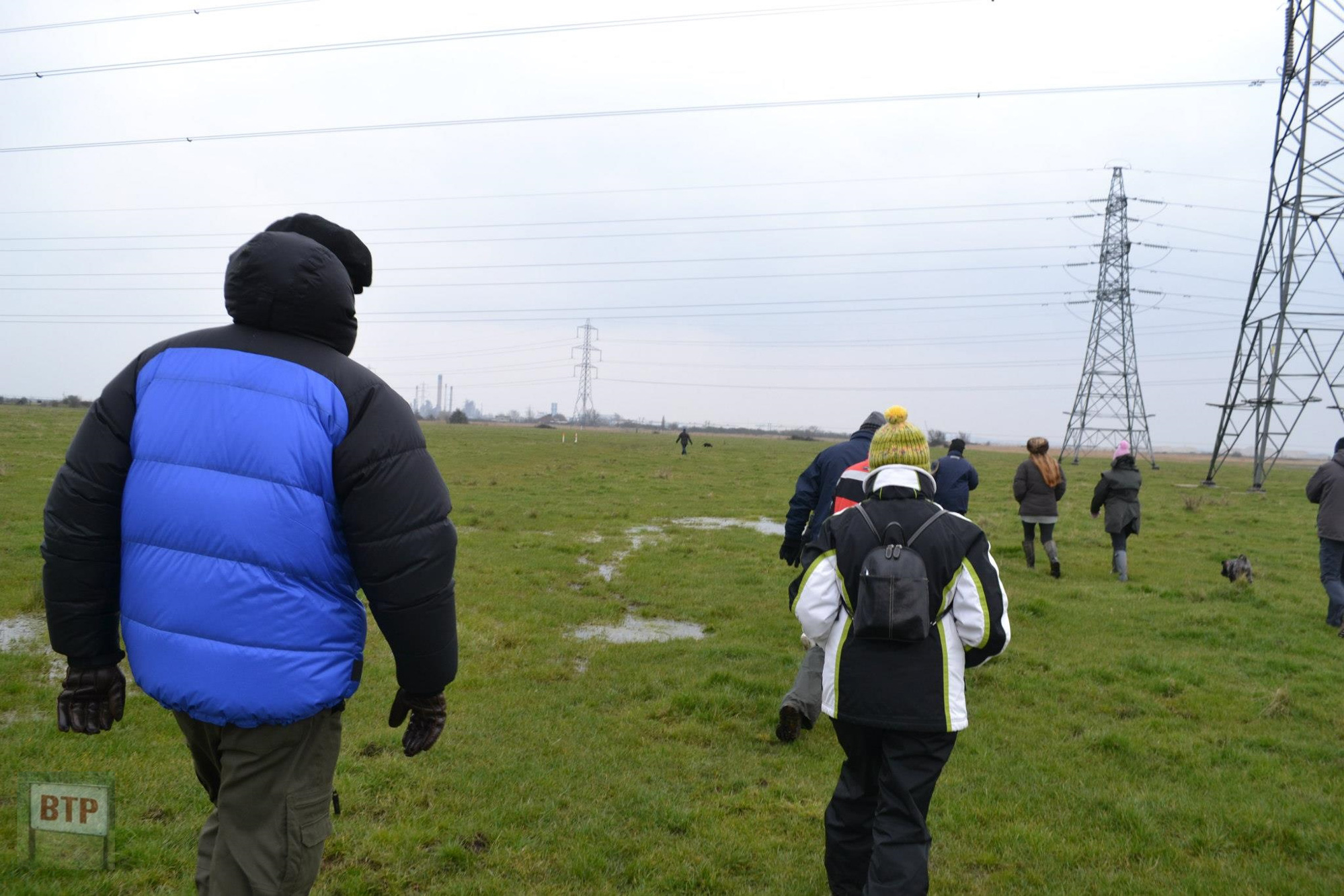
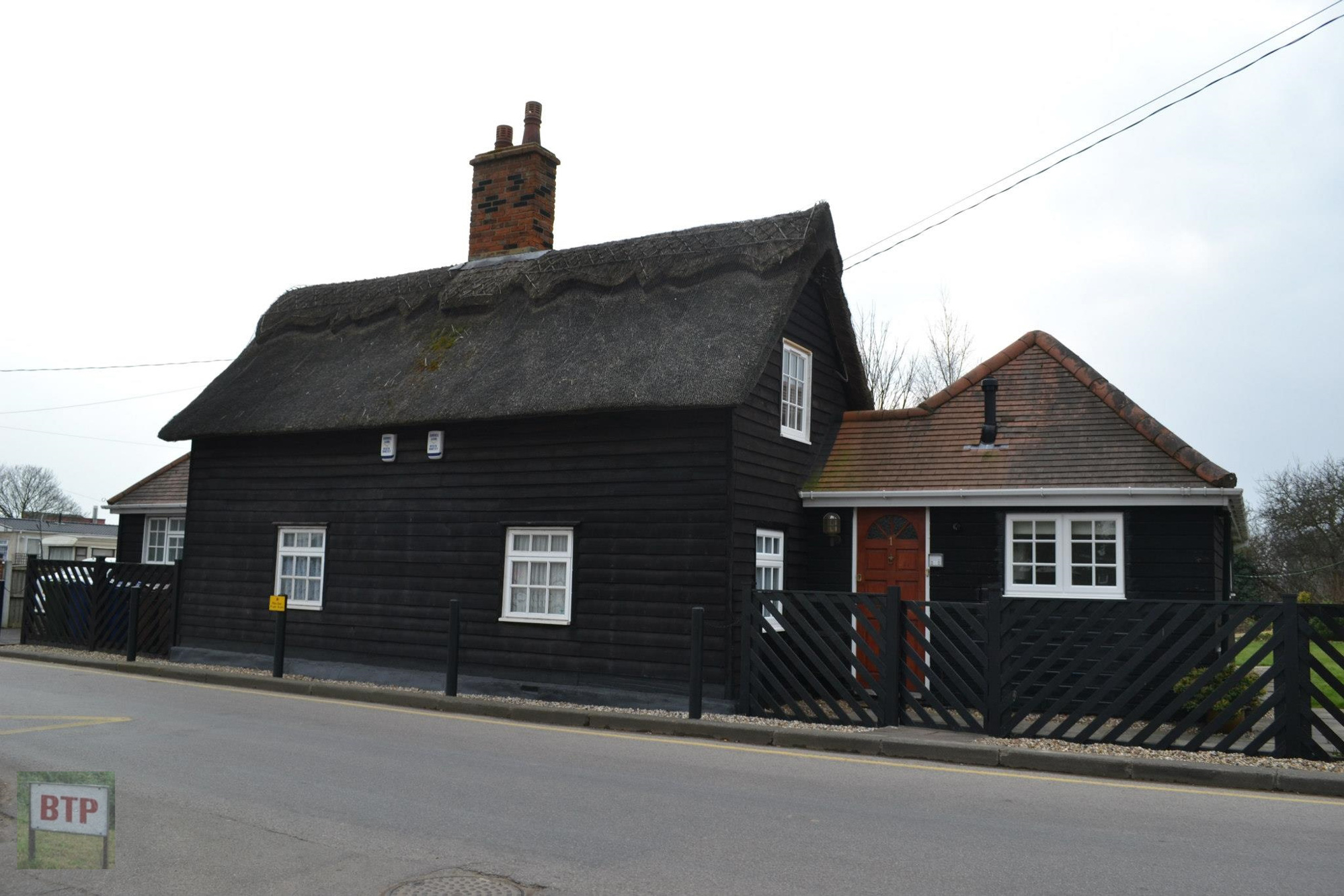
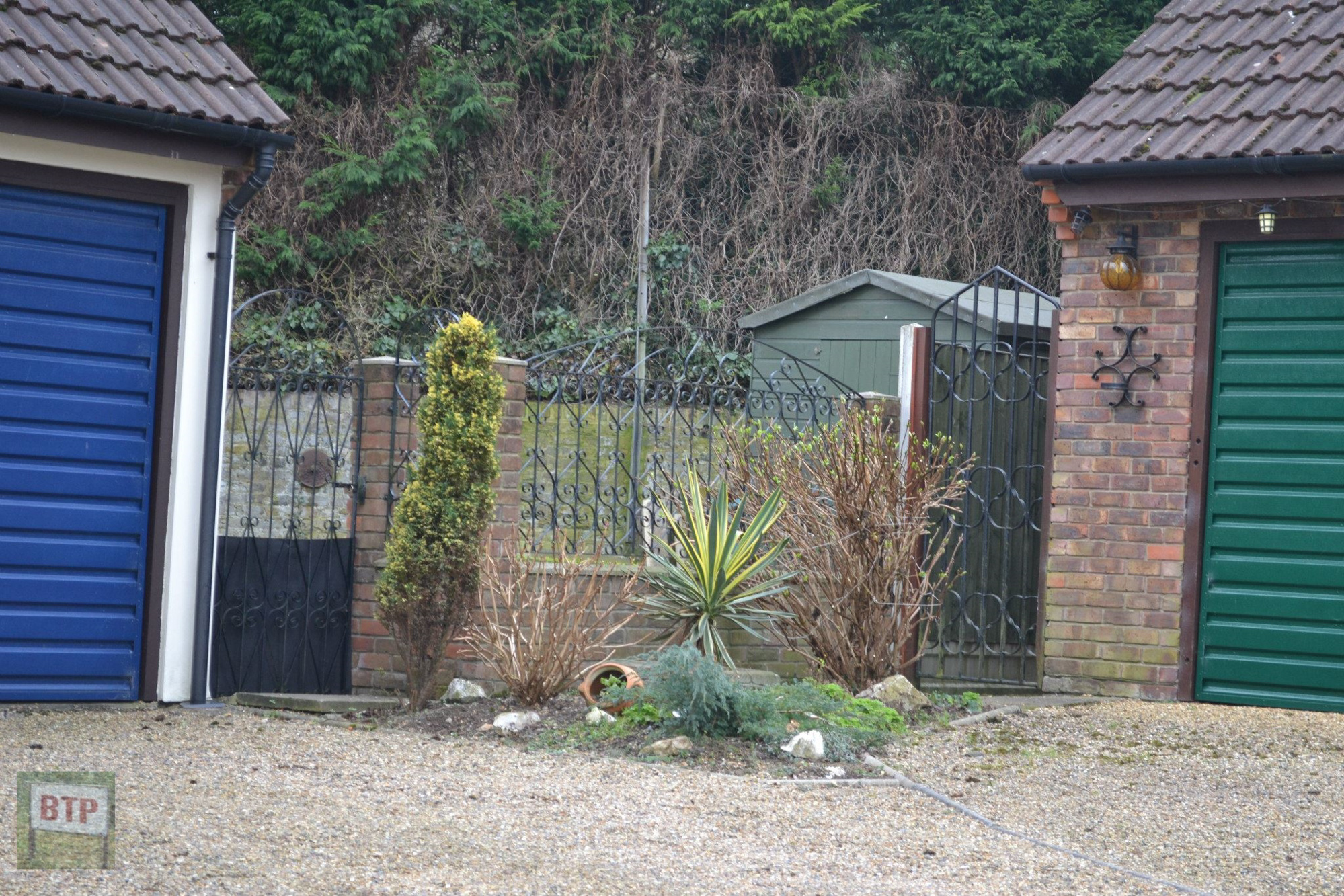
Corringham station in a front garden
Coryton Station
The CLR served to primarily transport workers across the marshes between Corringham station (pictured today in someone’s garden above) and Coryton station; within the disused site of Coryton oil refinery. In 2021, we headed into the oil refinery to document the overgrown and largely forgotten Coryton platform.
The surviving brick platform was built in 1917 next to a long-gone older wooden platform and waiting room, made to serve Kynoch’s ammunition factory and the quaint village of Kynochtown. The factory was shortly succeeded by the oil refinery, which Mobil expanded in the 1970s forcing the villagers to move out and the town to be demolished without trace. Today, the station platform survives as a final reminder of a bygone era swallowed up by the now also-declining industries of the Thames Estuary.
Below are some 2019 images of the old railway lines running into Coryton refinery; where Coryton village used to stand.
The two photographs below were taken in the same spots along the disused CLR in the summer two years apart, showing a vast amount of vegetation to have emerged due to abandonment.
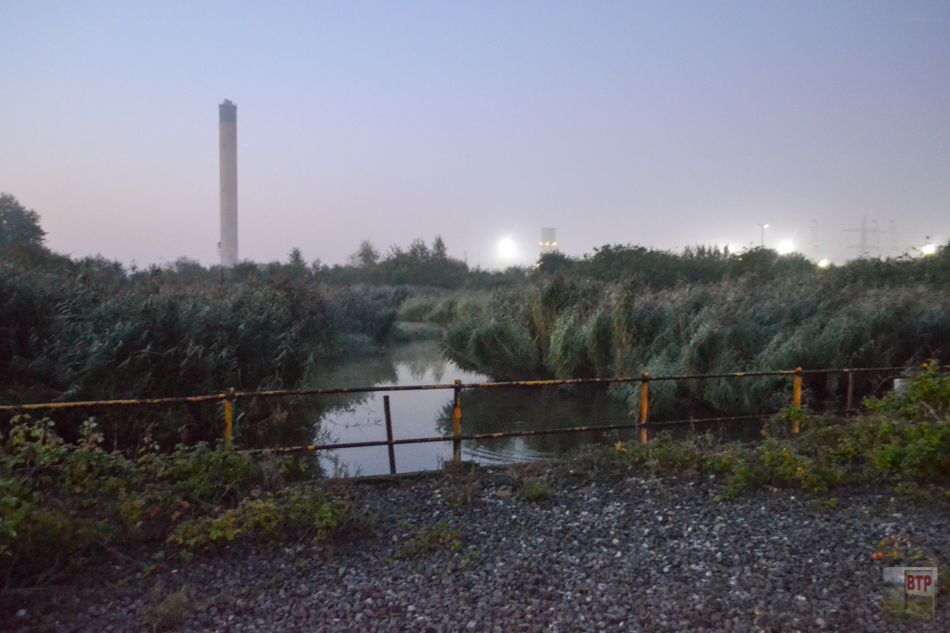
2019 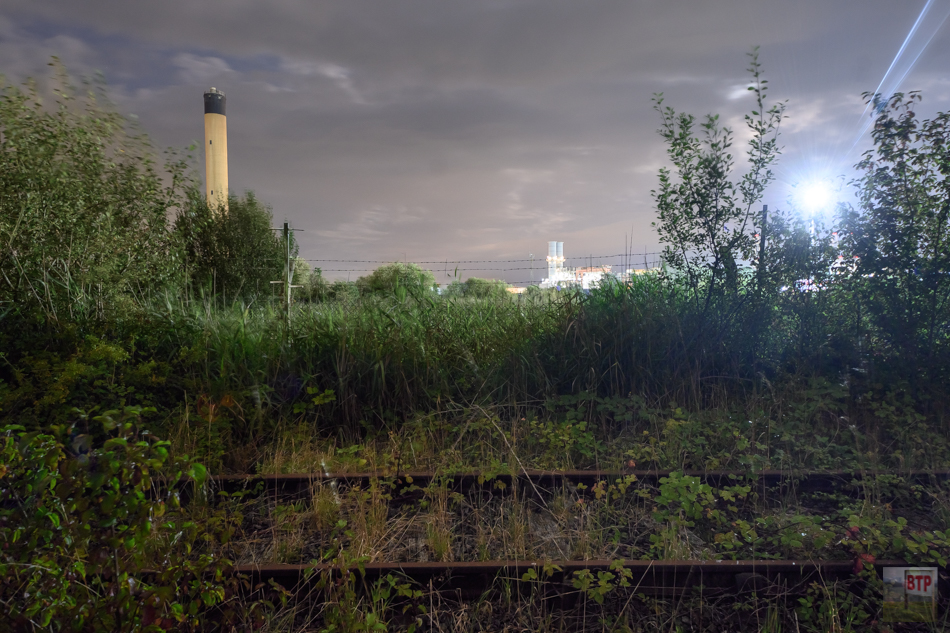
2021


